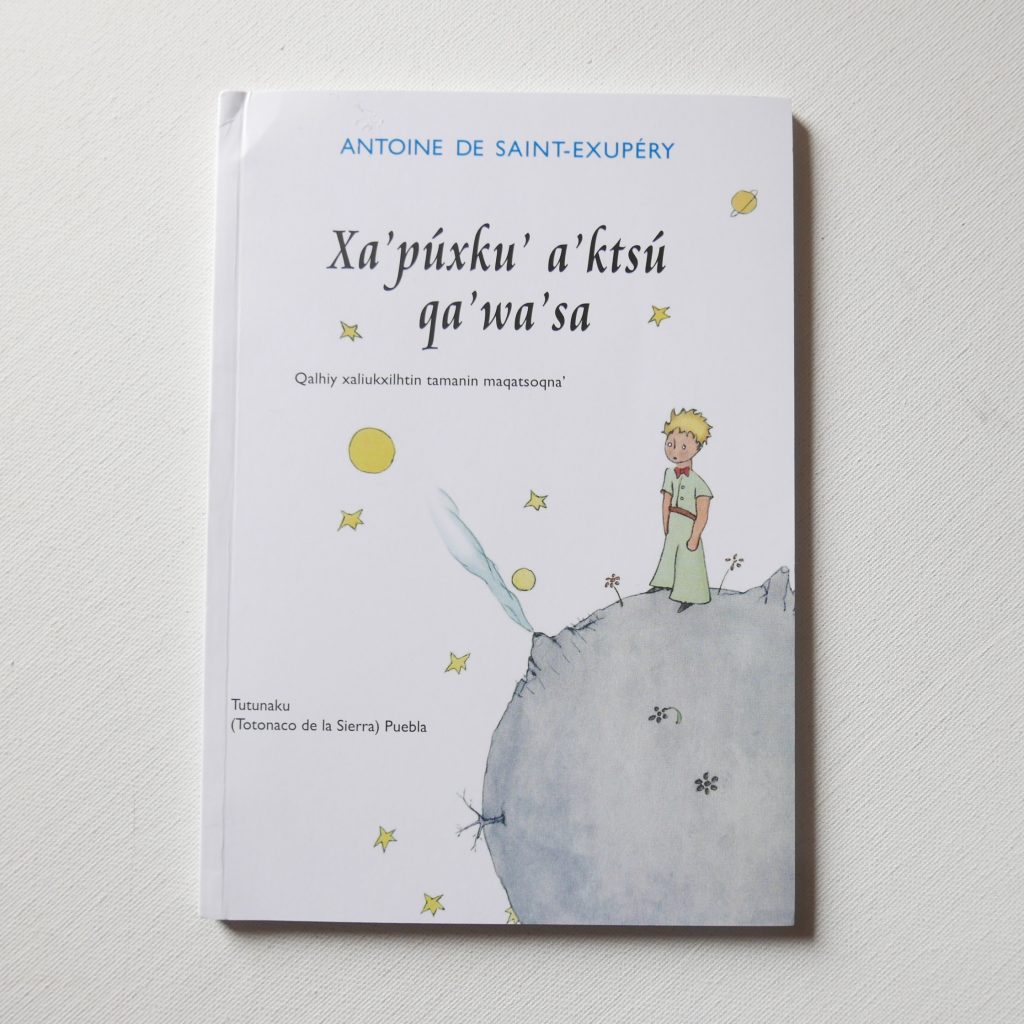
Xa’ púxku’ a’ktsú qa’wa’sa — in Sierra Totonac language.
Sierra Totonac is one of the indigenous languages of Mexico, spoken by the Totonac people primarily in the mountainous regions of the Sierra Norte de Puebla, a state in central Mexico.
This language belongs to the Totonacan language family, which includes several closely related languages spoken by the Totonac and Tepehua peoples. These languages are considered part of the larger, yet distinct, language family in Mexico. Sierra Totonac itself has several dialects, reflecting the diverse communities within the Sierra Norte de Puebla. These dialectal differences can be significant, often creating challenges for mutual intelligibility among speakers from different areas.
Sierra Totonac features a rich phonological system with a variety of consonants and vowels, including glottalised sounds and nasal vowels. The language’s phonetic inventory includes sounds that are uncommon in Spanish, the dominant language of the region. The language has complex verb morphology, with verbs inflecting for aspects like tense, mood, and person. Sierra Totonac also has an ergative-absolutive alignment, which is different from the nominative-accusative alignment found in languages like English and Spanish.
The Totonac people have a rich cultural history and are known for their contributions to Mesoamerican civilisation. They were one of the major cultures in pre-Columbian Mexico, with their civilisation centred around cities like El Tajín, known for its impressive pyramids and architecture.
The Totonac people were among the first to encounter the Spanish during the conquest of Mexico in the early 16th century. They initially allied with Hernán Cortés against the Aztecs, but like many indigenous peoples, they were eventually subjected to Spanish cruel colonisation.
The Totonac people have preserved many of their cultural practices, including traditional dances, music, and crafts. One of the most famous cultural expressions is the “Voladores de Papantla,” a traditional Mesoamerican ceremony involving a pole-flying dance that has been recognized as an Intangible Cultural Heritage by UNESCO.
The Totonac people have had extensive contact with Nahuatl-speaking communities, especially during the pre-Columbian period when the Aztecs exerted influence over the region. This contact has resulted in some Nahuatl loanwords in Sierra Totonac, particularly in areas related to trade, governance, and religion.


